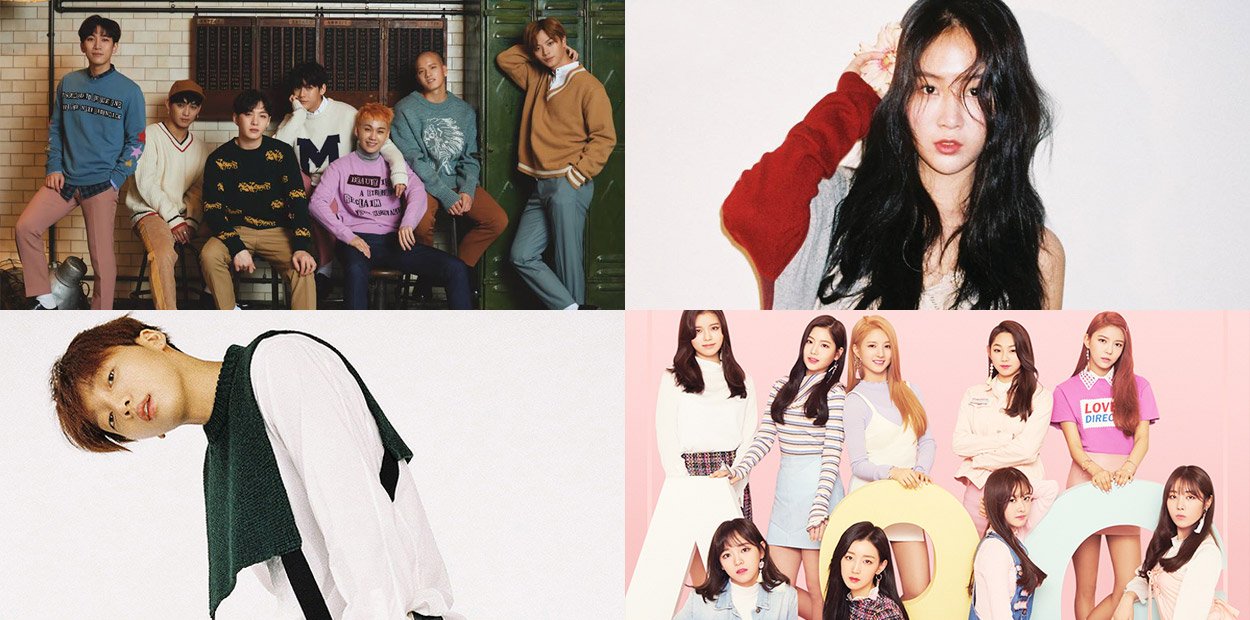Introduction
City Pop’s influence comes from the heart of Japan’s bustling 1980s urban landscape with its vibrant and melodic sound. It emerged as an anthem for Japan’s booming economy and flourishing metropolises. This genre became a soundtrack for a generation riding the wave of modernization and affluence. With its intricate fusion of Western and Japanese musical elements, City Pop transcended mere sound. It reflected the zeitgeist, capturing the hedonistic optimism of Japan’s bubble era. Embodying a nation’s journey of discovery and identity during its meteoric rise to global prominence.
In recent years, City Pop has seen a renaissance that has catapulted it from Tokyo’s vintage record shops to the playlists of millennials worldwide. But what is it about this genre that resonates so profoundly with audiences both then and now? This dive into City Pop’s influence aims to demystify its timeless appeal. We will chart its unexpected revival on the global stage.
The Origins of City Pop
In the late 1970s and early 1980s, Japan was on the cusp of an economic miracle. Urban centers like Tokyo and Osaka became a bustling activity, commerce, and culture hubs. In this backdrop, City Pop was born, not just as a genre but as an embodiment of an era.
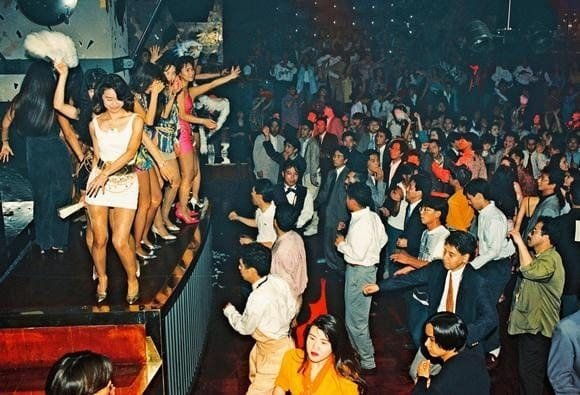 Often described as Japan’s answer to the West’s “yacht rock” and soft rock, City Pop was more than just a musical genre; it was a feeling. The melodies were carefree, incorporating jazz, funk, and soul elements and exuding aura of sophistication and luxury. The lyrics frequently touched upon themes of love, life in the city, and the aspirations of the urban youth.
Often described as Japan’s answer to the West’s “yacht rock” and soft rock, City Pop was more than just a musical genre; it was a feeling. The melodies were carefree, incorporating jazz, funk, and soul elements and exuding aura of sophistication and luxury. The lyrics frequently touched upon themes of love, life in the city, and the aspirations of the urban youth.
The pioneering figures in City Pop’s early days included artists such as Tatsuro Yamashita. His album “For You” epitomized the sound with breezy tracks and romanticism. Another pivotal figure was Mariya Takeuchi, particularly with her hit Plastic Love. This track, decades later, would play a crucial role in City Pop’s global resurgence. All due to its rediscovery and virality on platforms like YouTube.
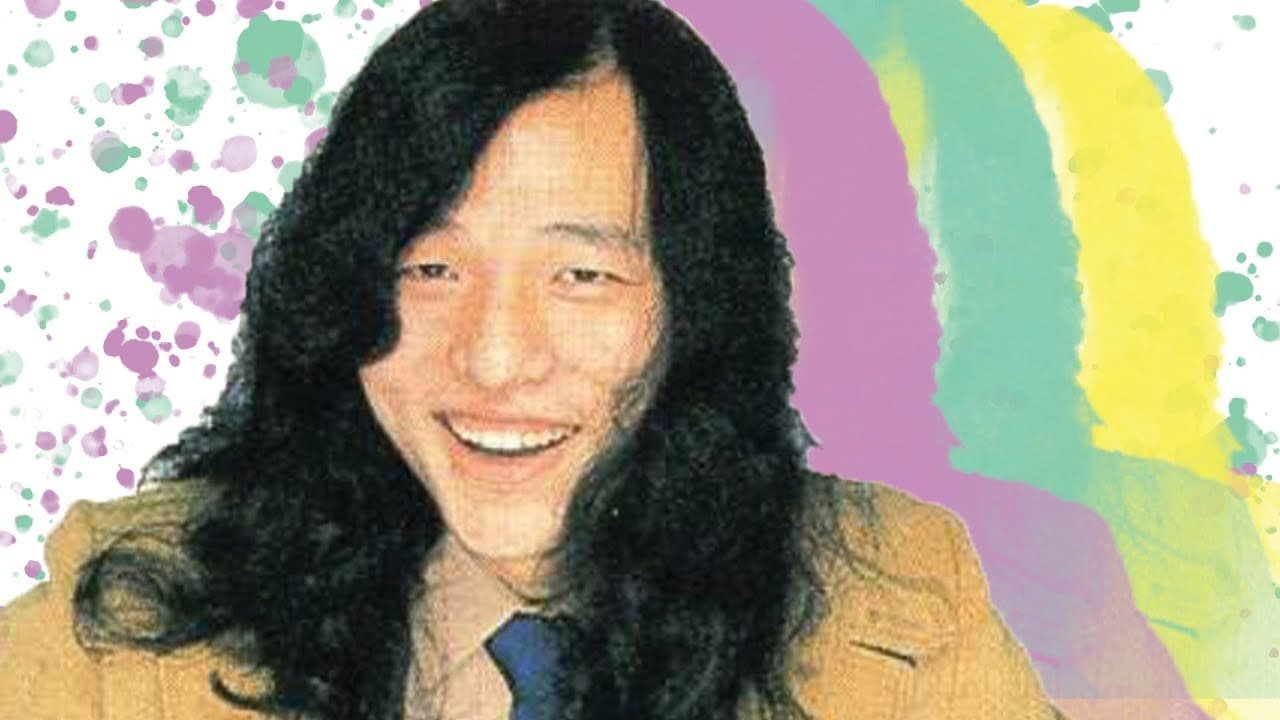
Tatsuro Yamashita
City Pop drew heavy influences from Western music, especially the evolving sounds of American R&B, funk, and disco. These Western sounds were married with Japanese lyricism and sensibilities to create a unique sound reflective of Japan’s modernization. The genre wasn’t just popular in urban areas; it played on radios, in cafes, and boutiques across Japan. This helped shape the nation’s pop culture identity during a defining period.
Interestingly, the genre also became an audio canvas for technological advancements. The 80s saw a rise in the popularity of synthesizers and new recording techniques. City Pop artists were among the first to embrace these technologies, further defining and refining the genre’s distinctive sound.
By the late 1980s, Japan’s bubble economy began to show signs of strain. Sadly, City Pop’s upbeat and optimistic sounds also started to wane, making way for new genres and sounds. Yet, its legacy was far from over. The genre would find a recent life decades later and with a whole new audience.
Themes and Characteristics of Classic City Pop
City Pop, as a genre, encapsulated the dreams, aspirations, and even the quiet desolation of urban life. Its thematic expanse was vast, touching upon:
- Urban Romance: Many tracks, like Mariya Takeuchi’s “Plastic Love” or Tatsuro Yamashita’s “Love Space,” romanticized city life, painting pictures of night drives, neon lights, and fleeting romances.
- Affluence and Luxury: Tracks often showcased the allure of the high life. Lyrics would touch upon lavish lifestyles, late-night parties, and the glitz and glamour of urban living. That truly was a reflection of Japan’s booming economy back then.
- Technological Advancements: With the 1980s marking the dawn of the digital age, City Pop became synonymous with technological optimism. Synthesizers, drum machines, and electric pianos were prominent, creating a futuristic soundscape. Hiroshi Sato’s “Say Goodbye” is a prime example of blending electronic sounds with traditional instruments.
- Nostalgia and Melancholy: Beneath the upbeat melodies, there was often an undertone of melancholy. Tracks like Taeko Ohnuki’s “4:00 AM” depicted the solitude of city life. It captured the feeling of longing amidst the crowded streets.
- Fusion of Genres: City Pop was always active. It borrowed generously, incorporating funk, jazz, disco, and Latin music elements. This eclectic mix gave it a global appeal, making it relatable to audiences within and outside Japan.
- Narrative Storytelling: The genre was also known for its storytelling. Each song often painted vivid images. From transporting listeners to scenes of sunsets by Tokyo Bay or the hustle and bustle of Shibuya.
- Aesthetic and Visuals: Visually, City Pop album covers were often vibrant, reflecting the colors and dynamism of city life. They depicted everything from cityscapes and serene beach settings to abstract art. The visuals further amplify the audio experience with a treat.
- Production Value: City Pop songs’ sound quality and production were top-notch, using the era’s latest recording techniques. This ensured a clean, polished sound that further elevated the genre.

Taeko Ohnuki
In essence, City Pop was a sensory experience. It wasn’t just about the audio. It intertwined with urban Japan’s visuals, narratives, and ethos, making it a holistic journey for anyone diving into its depths.
Reasons for Initial Decline
While City Pop saw meteoric popularity in its heyday, its reign as Japan’s premier musical genre was not everlasting. Several factors contributed to its decline:
- Economic Recession: Japan’s asset price bubble burst in the early 1990s, leading to economic stagnation known as the “Lost Decade.” The luxury and affluence that City Pop celebrated were no longer reflective of the realities many Japanese people faced. The mood of the nation shifted, and with it, its taste in music. City Pop’s upbeat, luxurious anthems seemed out of place amidst the economic challenges.
- Emergence of New Genres: Evolution is inevitable with all musical landscapes. The 1990s saw the rise of J-pop idols, bands, and new genres like visual kei. These new styles captured the hearts of younger generations. These new sounds and the massive marketing machinery behind them overshadowed the once-beloved City Pop.
- Changing Technologies: The 90s also marked significant advancements in music technology. The shift from analog to digital recording and the rise of CDs over cassettes changed the soundscape. City Pop, with its characteristic warmth of vinyl and analog recordings, started to feel dated.
- Cultural Shifts: The themes of City Pop, which centered around urban romance, luxury, and technology, began to feel repetitive and overplayed. As Japan’s socio-cultural dynamics changed, there was a longing. That of more diverse narratives and themes in music, leading audiences to explore other genres and stories.
- Globalization: With the increasing globalization of music, Japan started to get more exposure to Western music. The influx of grunge, hip-hop, and other global sounds provided fresh competition to local genres, including City Pop.
- Shift in Nightlife Culture: City Pop was closely tied to Japan’s disco and nightclub culture of the 80s. But as these establishments saw a decline, replaced by newer forms of entertainment and changing nightlife habits. Thus, the music that defined these spaces also saw reduced prominence.
- Lack of Innovation: While City Pop was initially groundbreaking, merging various genres and styles, it eventually became formulaic for some. The lack of innovation and fresh takes on the genre made it predictable, leading to a gradual decline in popularity.
Despite its decline, City Pop never truly disappeared. It simmered below the surface, waiting for the right moment for a renaissance. And as with all great music, it found its way back. This time, the world was ready to embrace its nostalgic charm again.
City Pop’s Influence: A Global Renaissance
City Pop’s resurgence, particularly in the 2010s and beyond, is a testament to its timeless appeal. This renaissance can be attributed to various factors within and outside Japan.

- Digital Age and Online Communities: Older City Pop tracks found new audiences with platforms like YouTube. Algorithmic recommendations played a significant role. A listener enjoying a modern vaporwave or lo-fi track might find themselves recommended a classic City Pop song. Dedicated online communities, from Reddit forums to Twitter threads, started discussing and sharing their favorite City Pop anthems. This ensures and welcomes a new generation of listeners.
- Sampling in Modern Music: Western artists began sampling City Pop in their tracks, showcasing its versatility. From hip-hop producers to electronic music creators, these snippets of City Pop nostalgia found their way into contemporary tunes. This created an undeniable bridge between past and present.
- Anime and Popular Media: Several anime shows and films have either showcased City Pop songs or drawn inspiration from their themes and aesthetics. This media exposure ensured that fans worldwide got a taste of the genre, often leading them to explore it further.
- Vinyl Revival: The 2010s also saw a global resurgence in vinyl collecting. As enthusiasts sought rare and vintage records, City Pop albums became sought-after collector’s items, especially outside Japan.
- Live Performances and Tours: Some original City Pop artists, recognizing the renewed interest, began performing again, not just in Japan but overseas. These tours were often met with sold-out shows, with fans spanning multiple generations.
- Collaborations and Covers: Contemporary Japanese artists, influenced by City Pop, began collaborating with the original icons of the genre. They also produced covers of classic City Pop tracks, introducing them to younger audiences in a fresh, modern style.
- Cultural Nostalgia: Globally, there’s been a noticeable trend of revisiting the aesthetics and sounds of the ’80s and ’90s. City Pop’s distinctive sound from this era naturally fits into this nostalgic revival.
- Fashion and Aesthetics: The visual appeal of City Pop, characterized by its neon lights, urban landscapes, and ’80s style, resonated with global audiences. Brands and designers started infusing City Pop aesthetics into their creations, further popularizing the genre’s vibe.
- Recognition by Music Critics and Platforms: As City Pop gained traction, music critics began acknowledging its influence and importance, penning articles and producing documentaries. Streaming platforms, too, curated City Pop playlists, making it easier for fans to dive into the genre.
- Emotional Resonance: Despite the cultural and temporal gap, the themes of City Pop, be it urban love stories, the allure of the city lights, or the melancholic undertones, found resonance with global listeners. The universality of its emotions made City Pop relatable, irrespective of linguistic barriers.
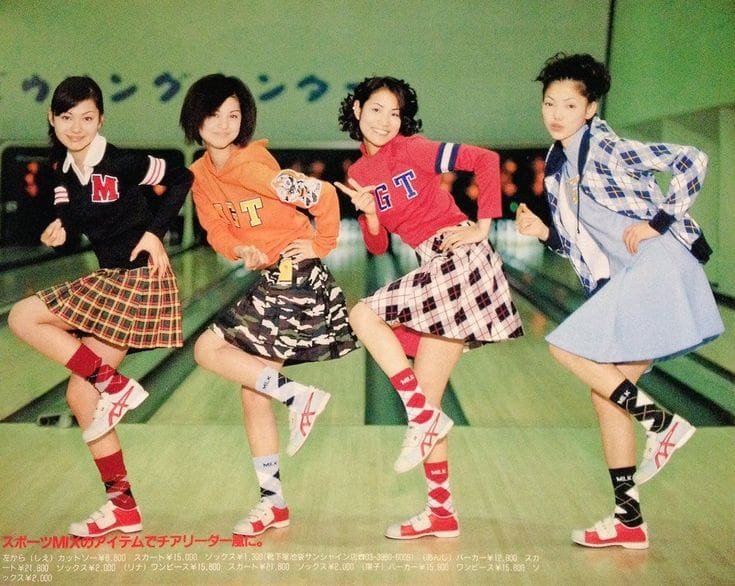
80’s Fashion Comeback
Modern Artists Embracing City Pop’s Influence
While City Pop’s golden age was undeniably the ’80s, its influence has permeated the music of many contemporary artists. This, both within Japan and internationally. Today, its legacy is palpable in the works of several musicians. They either draw from its themes or actively infuse its soundscapes into their compositions.
One prominent name that often surfaces in this context is Mariya Takeuchi. Although she was an original City Pop artist, her song “Plastic Love” witnessed an unexpected revival. These were on platforms like YouTube, symbolizing the genre’s resurgence. This retro hit paved the way for other City Pop tracks to find relevance in modern playlists.

Mariya Takeuchi
Yung Bae, a Portland-based electronic music producer, has been at the forefront of integrating City Pop samples into his tracks. His music doesn’t just pay homage to the classic sounds but innovatively blends them with contemporary beat. He introduces City Pop to fans of funk, disco, and electronic genres. This shows with tracks like “Bay City Disco” and his various collaborations with other artists. It manifests how City Pop’s groovy and melodic essence can be seamlessly woven into today’s musical fabric.
Another artist is Suchmos, a Japanese rock band often credited for its City Pop-influenced tunes. Their sound, while modern, carries the unmistakable undertones of the genre, with tracks like “Stay Tune” exemplifying this blend. Their music videos, too, echo the aesthetic appeal of the City Pop era, replete with neon lights and urban vibes.
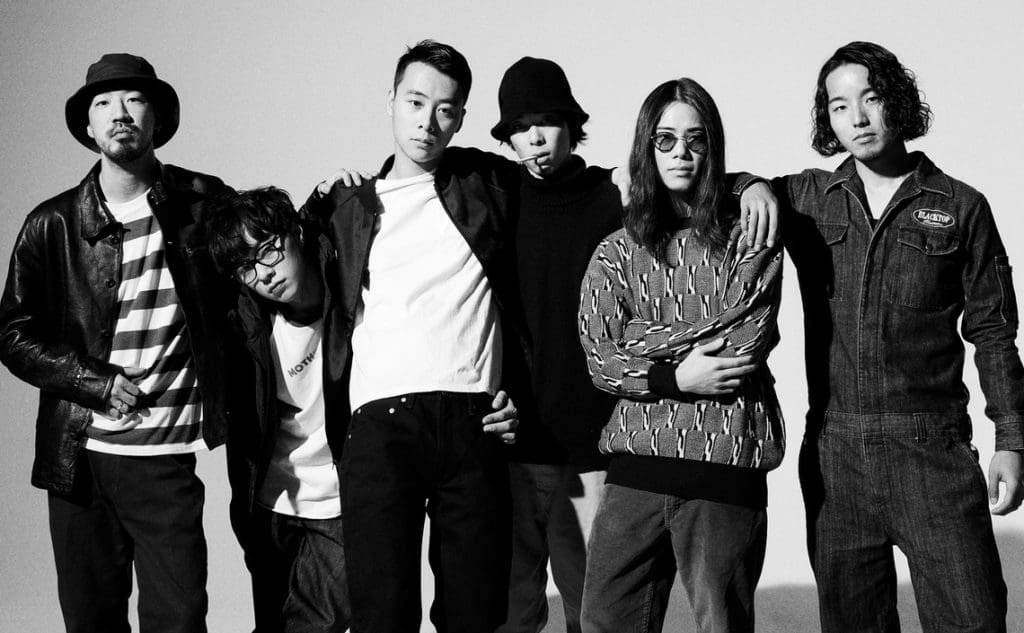
Suchmos
Then there’s Macross 82-99, a Mexican producer who has been instrumental in the Future Funk movement. It is a genre deeply influenced by City Pop. His tracks frequently sample old Japanese hits, reimagining them with a fresh twist. Songs like “Horsey” and “Fun Tonight” showcase how the nostalgic vibes of City Pop can be revitalized for the modern dancefloor.
Over the past few years, City Pop’s unmistakable groove and atmosphere have also permeated Western music. Numerous artists nod to its influence subtly (and sometimes more overtly).
Take Vulfpeck, an American funk group, mirrors the City Pop aesthetic in some tracks. The song “Back Pocket” is a perfect example. Its effervescent grooves capturing the same feel-good, jazzy vibe associated with classic City Pop tracks. The prominent bassline, a hallmark of many City Pop numbers, adds to the track’s retro charm.

Kero Kero Bonito
British indie pop band Kero Kero Bonito’s blend of J-pop and other genres, occasionally intersects with City Pop’s sonic footprint. Their synth-heavy tracks and thematic material reminiscent of the City Pop era. Such as in the song “Flamingo,” the tune bridges the vintage Japanese sound and contemporary Western pop.
Then there’s Toro y Moi, synonymous with the chillwave movement. At the same time, the artist is deeply entrenched in his signature sound. With specific tracks, like “Ordinary Pleasure,” it is a nod to City Pop. The song’s lush production and flowing melodies combine the old and new, creating a fresh and familiar soundscape.
Thundercat’s track “Tokyo” not only lyrically pays homage to Japan but also evokes a vibe. A vibe that recalls City Pop’s halcyon days. His music is characterized by smooth melodies and intricate basslines, elements that can be traced back to City Pop influences.

Thundercat
Outside of music, artists in other domains, too, are drawing from City Pop’s rich tapestry. Graphic designers, illustrators, and even filmmakers increasingly turn to the genre’s visual motifs. From its pastel color palettes to its urban landscapes, City Pop’s legacy is heard and seen.
In essence, while the heyday of City Pop might have been decades ago, its spirit is very much alive. Modern artists ensure that the genre continues to thrive, evolve, and inspire through their reinterpretations and tributes.
The Cultural Significance of City Pop’s Resurgence
 City Pop’s resurgence isn’t just a musical trend; it’s a testament to its timeless charm and universal appeal. In an era where borders are becoming increasingly porous, City Pop’s influence stands as a musical bridge. Between the East and the West. The past and the present. Its melodies, deeply rooted in a specific Japanese era, now resonate with global audiences. Thus it underlines the shared human experiences that music encapsulates.
City Pop’s resurgence isn’t just a musical trend; it’s a testament to its timeless charm and universal appeal. In an era where borders are becoming increasingly porous, City Pop’s influence stands as a musical bridge. Between the East and the West. The past and the present. Its melodies, deeply rooted in a specific Japanese era, now resonate with global audiences. Thus it underlines the shared human experiences that music encapsulates.
Conclusion
The story of City Pop’s influence, from its rise to its decline and subsequent global rebirth. It is a testament to music’s enduring power. As it once echoed through Tokyo’s bustling streets, it now resonates in hearts worldwide. City Pop’s influence serves as a reminder that some melodies, regardless of their origin, are truly timeless.
Recommendations
For those enchanted by City Pop’s magic, delve deeper with this curated City Pop playlist or explore documentaries and readings, tracing its profound journey. Dive into books like “Sayonara Amerika Sayonara Nippon: A Geopolitical Prehistory of J-Pop” by Michael K. Bourdaghs for an in-depth exploration.
Dive deeper into our blog and check out the rest of our content. Explore, engage, and express your thoughts in the comments section. We value your perspective and look forward to the discussion. Click below to journey with our community. 👇👇



